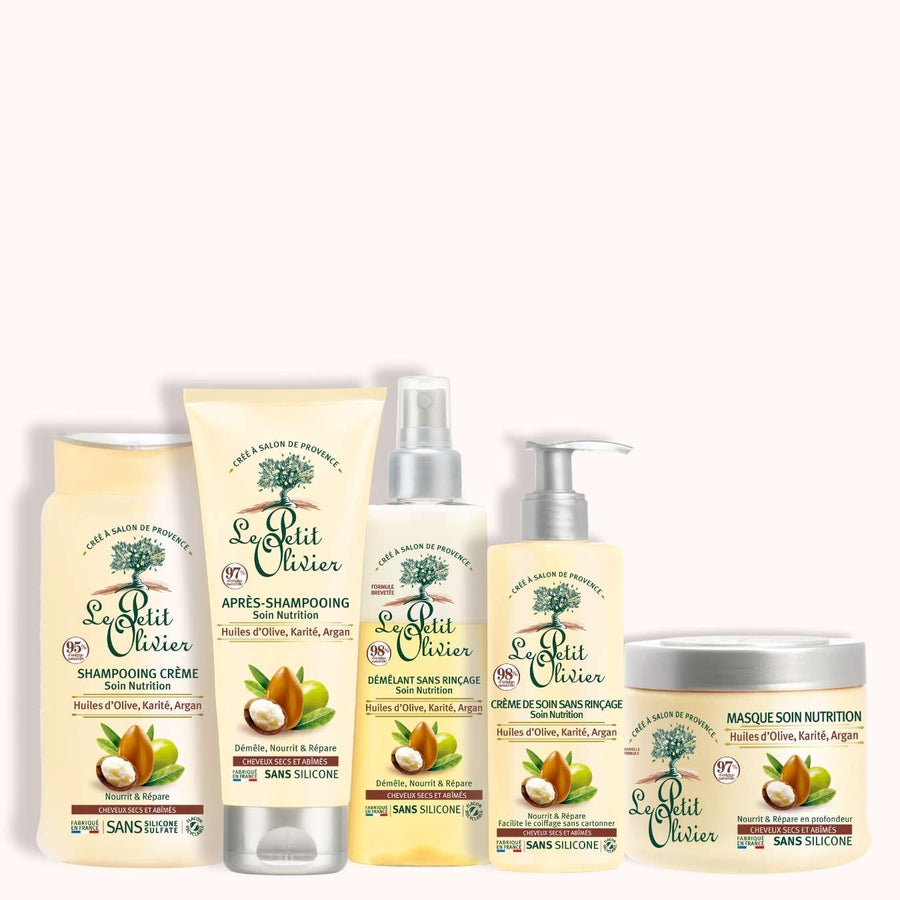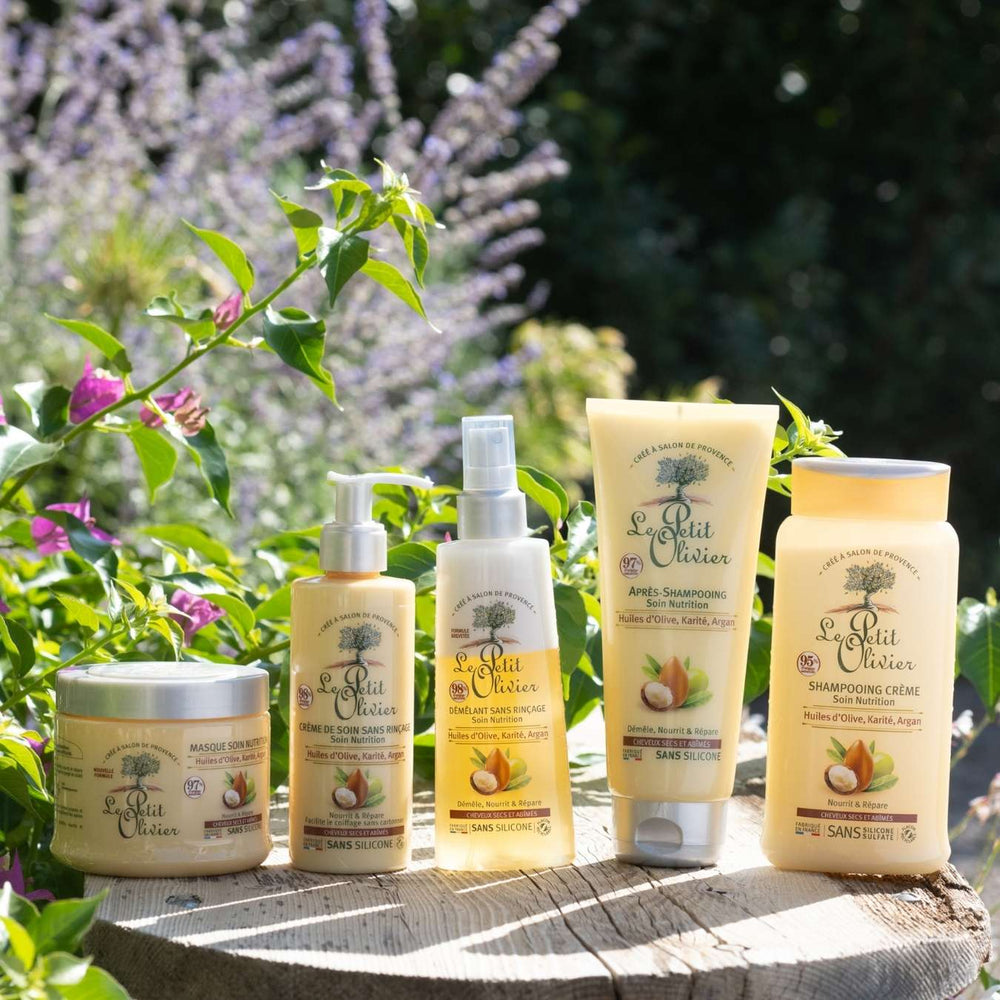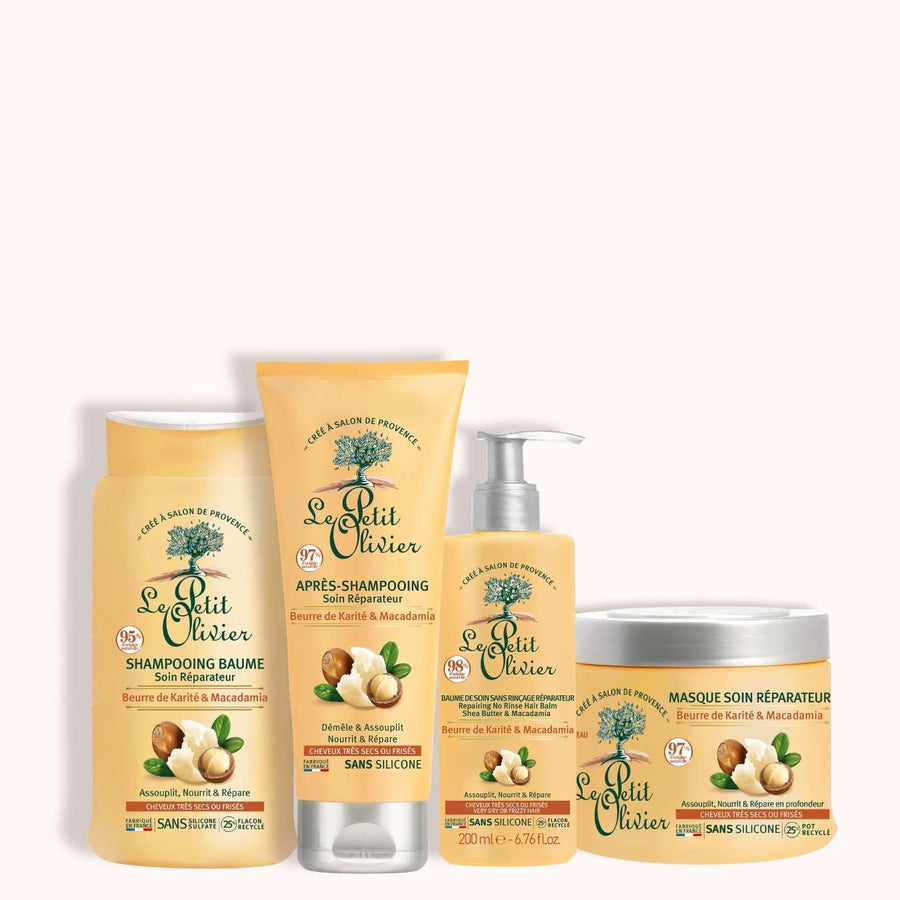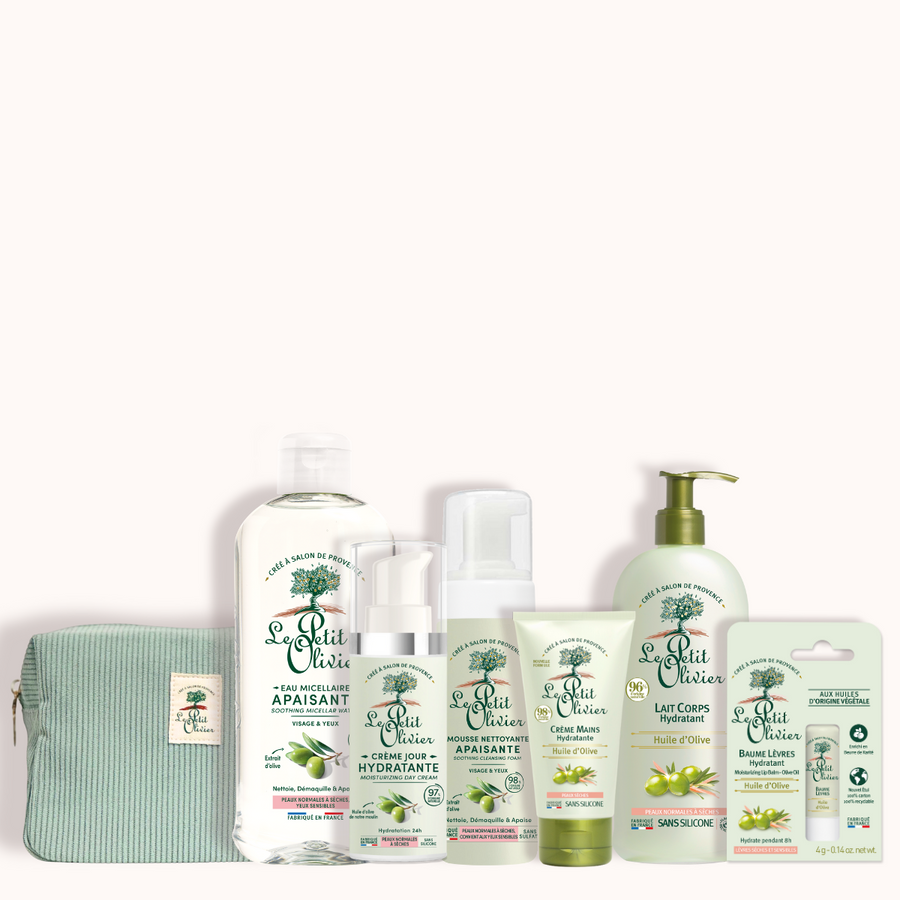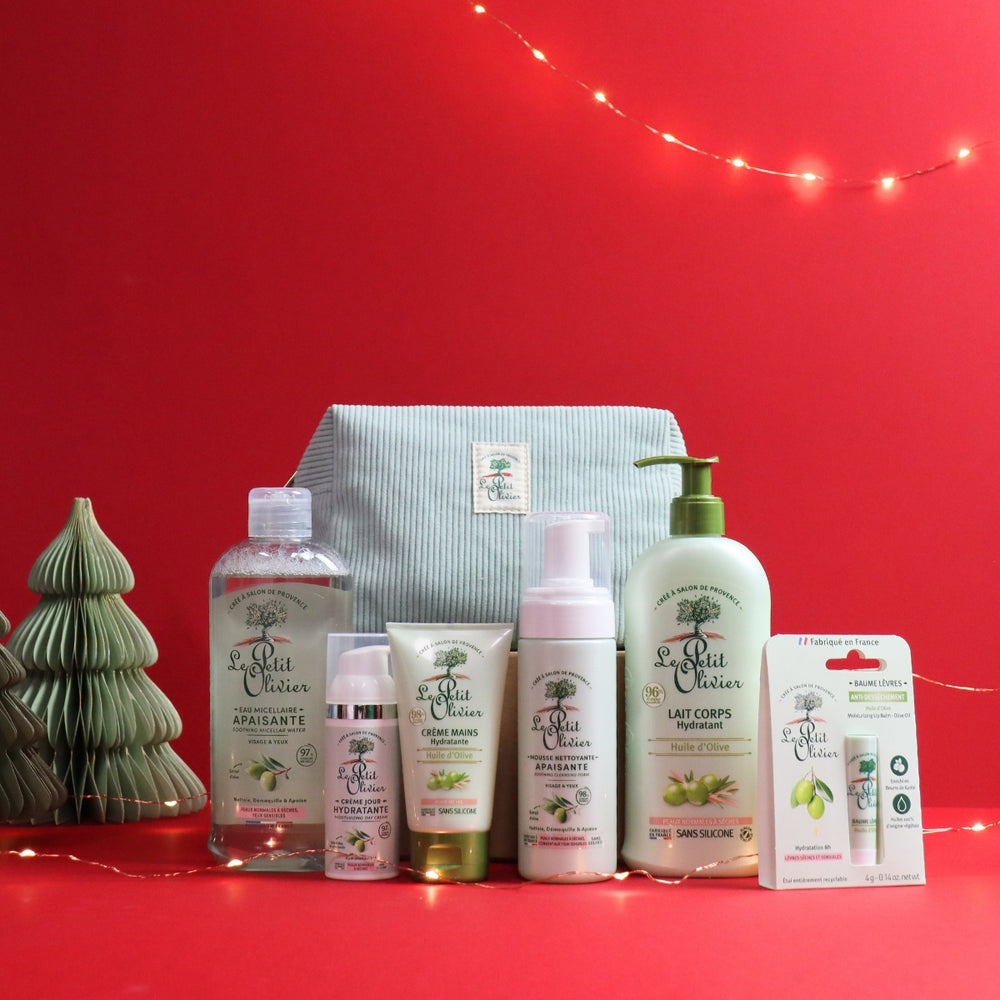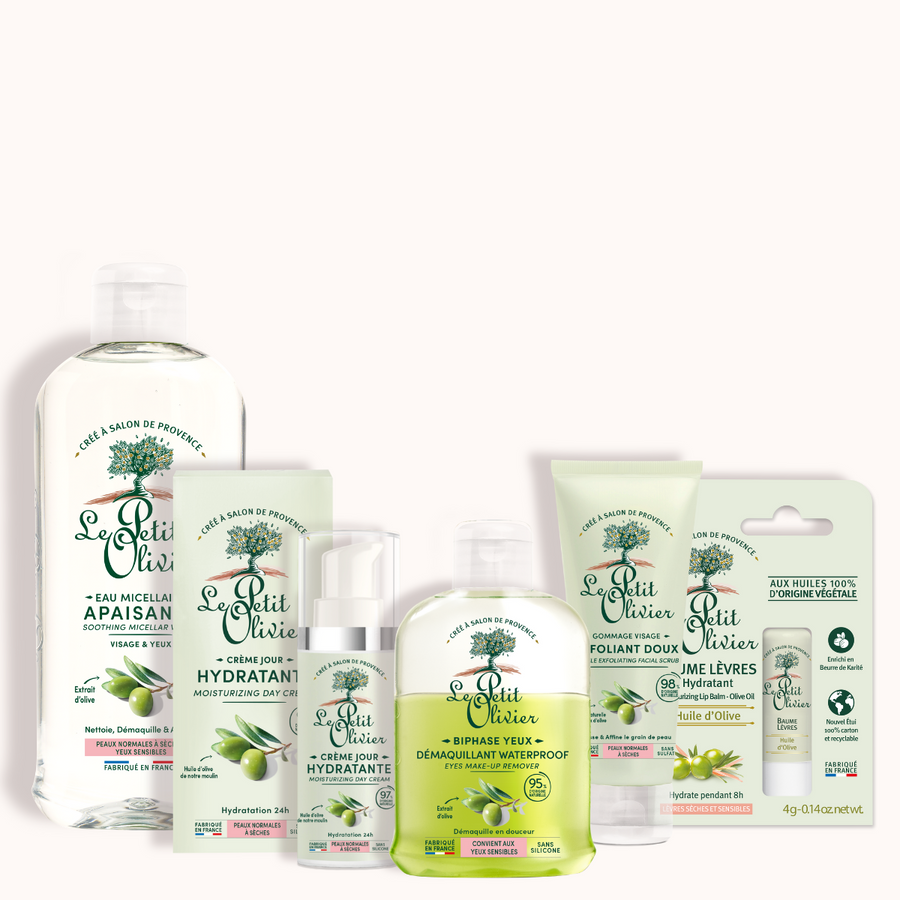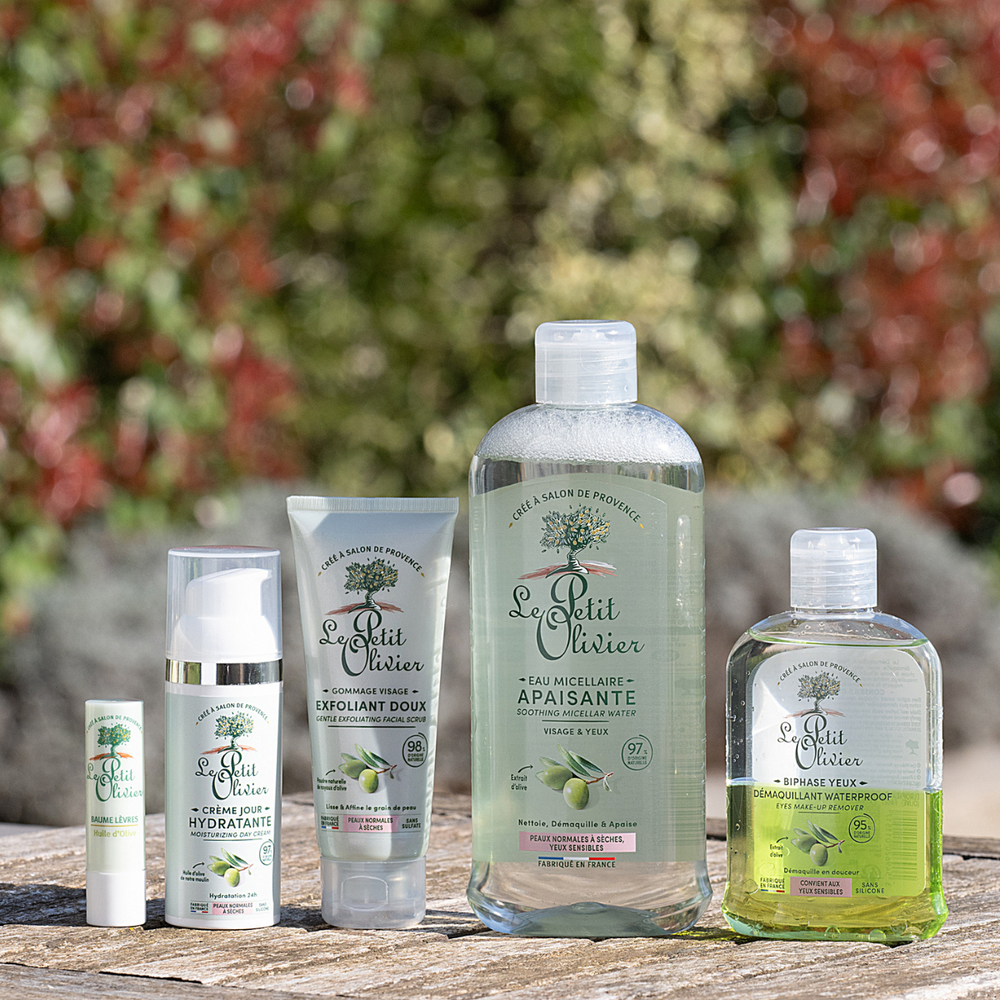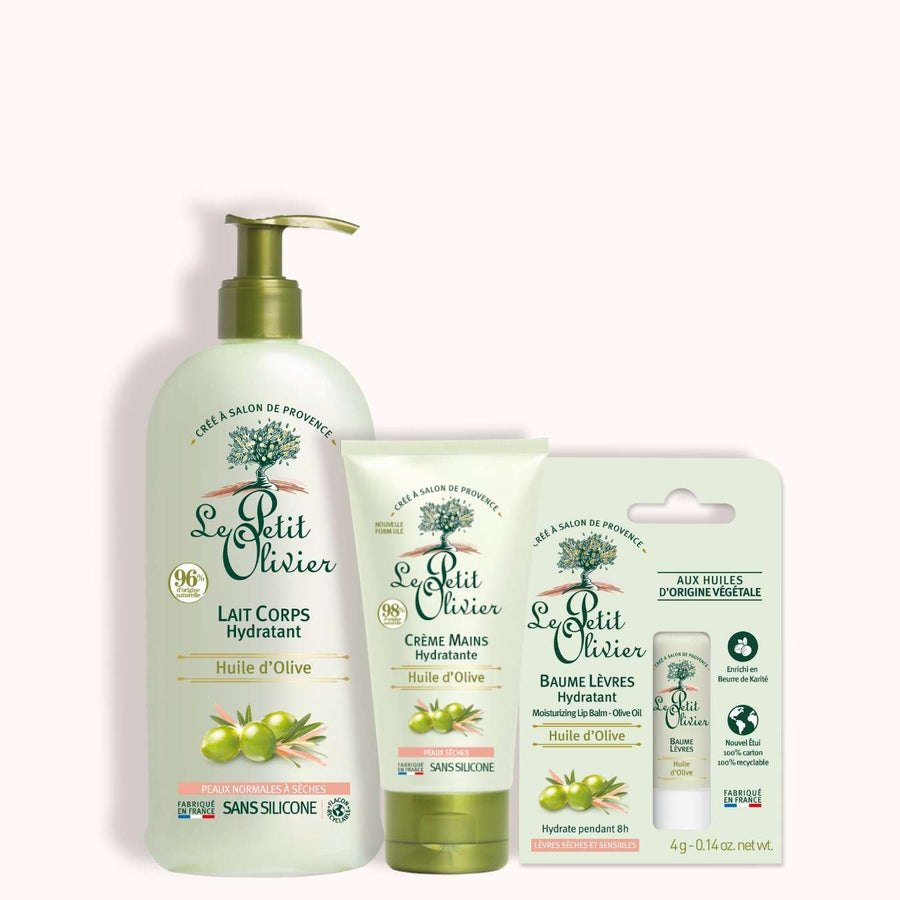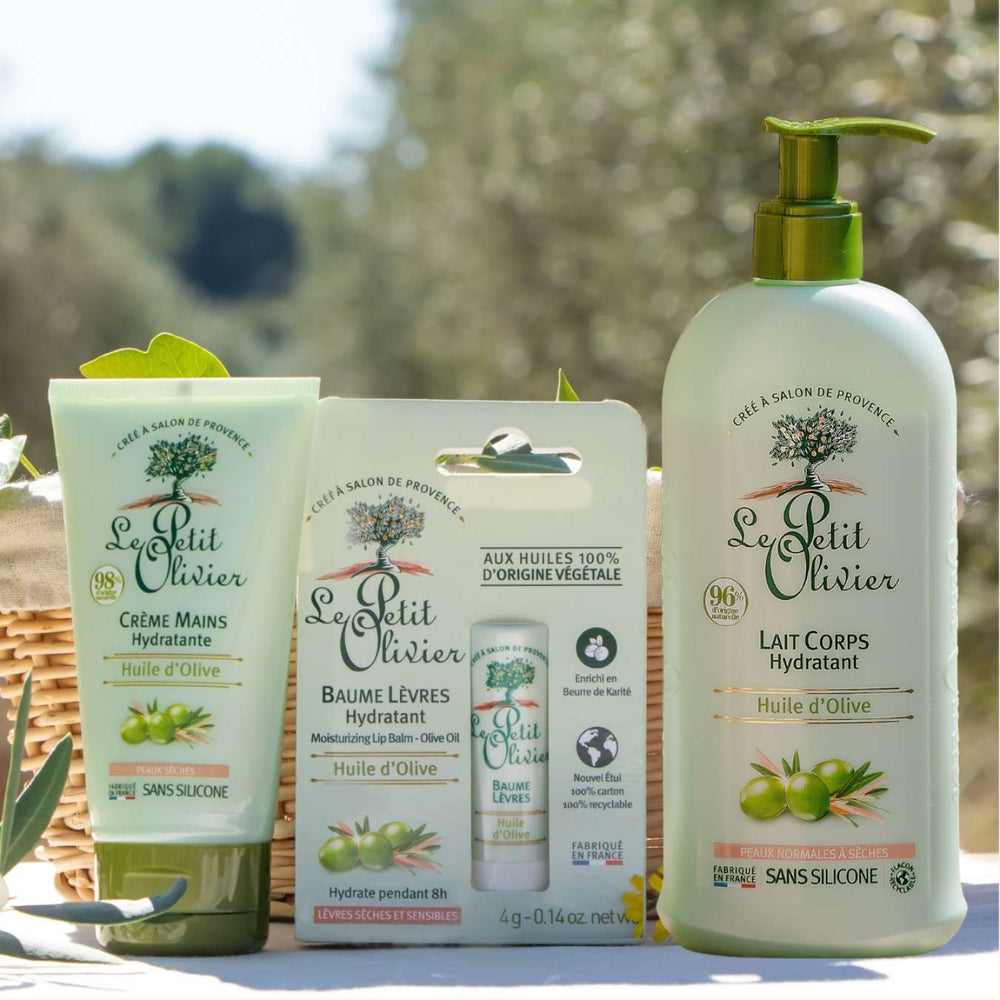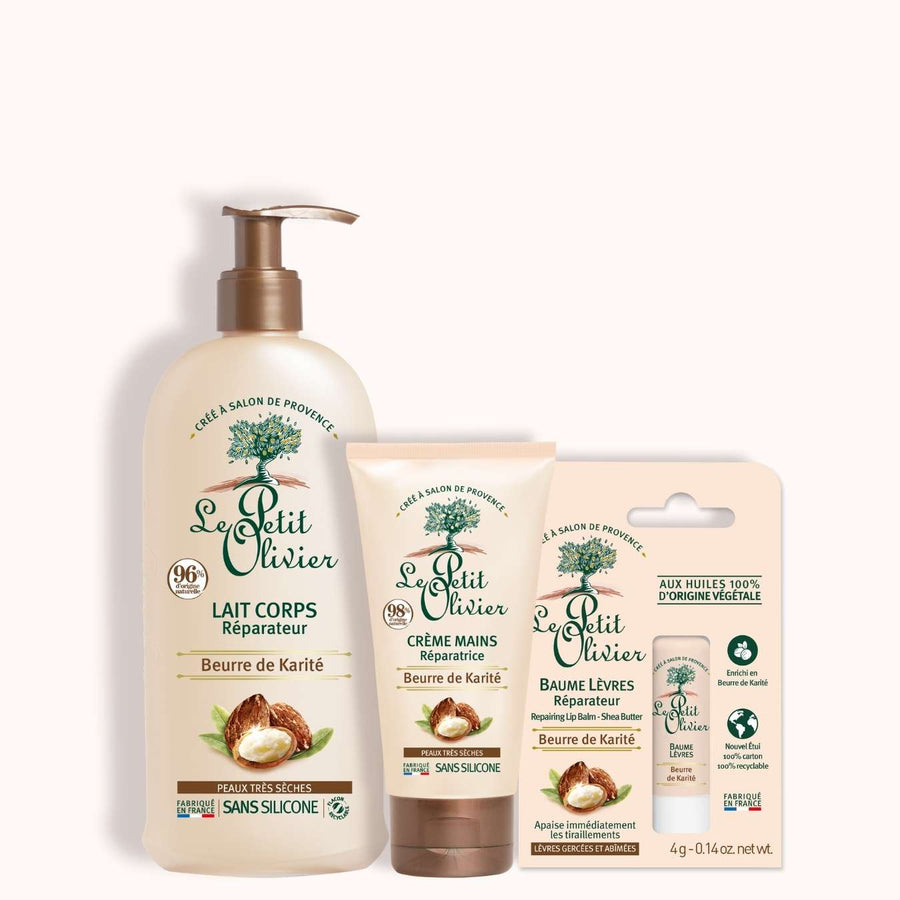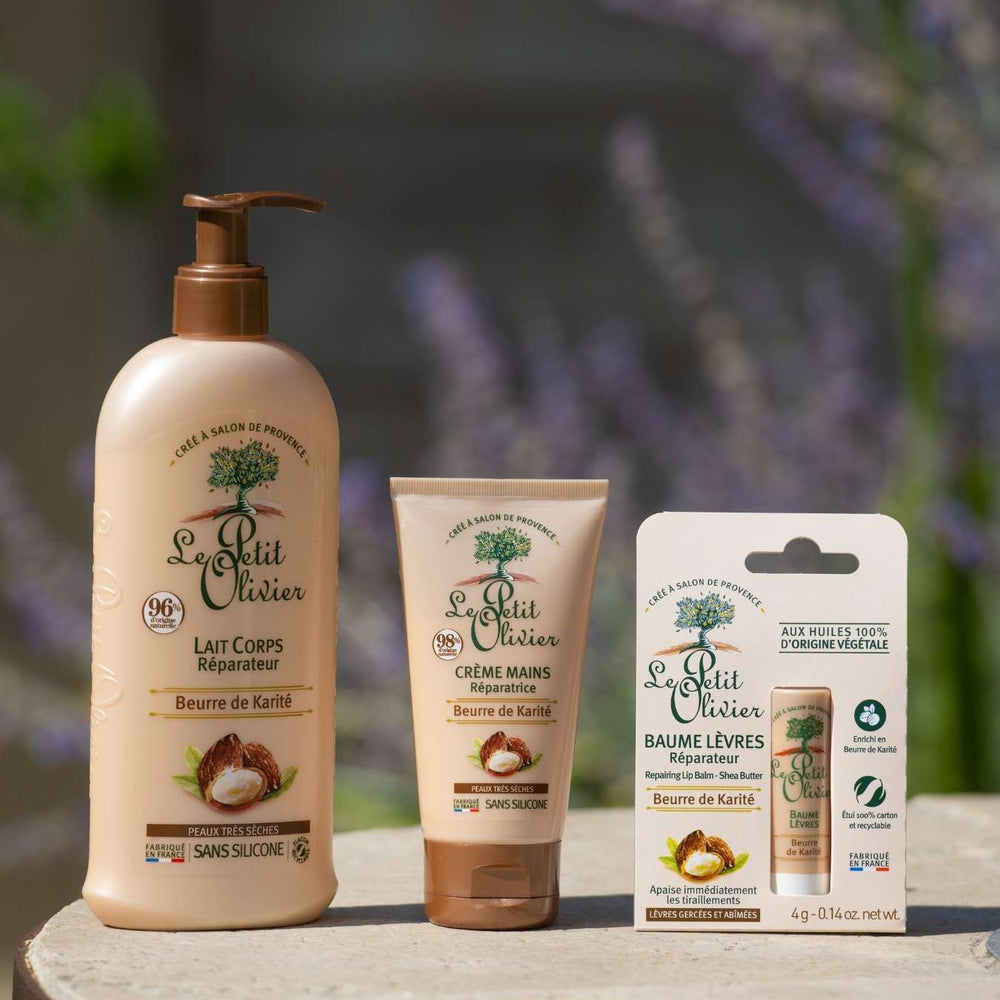How to apply detangler for best results?
Hair detanglers are valuable allies in your hair routine, but how do you get the most out of them? For optimal results, it's essential to understand not only the different types of detanglers available, but also how they work specifically on your strands. Even before applying a detangler, preparing your hair plays a crucial role: proper washing and gentle spinning can make all the difference. Next, choosing the right moment for application and mastering the appropriate techniques will ensure even, effective distribution of the product. Finally, knowing how to avoid common mistakes such as over-application or inappropriate use according to your hair type will enable you to optimize the benefits of detangling. Let's take a look at these aspects together, to make every application a rewarding experience. On this page, to find out more, check out detangler for hair: what you need to know.
Understanding hair conditioners
The different types of hair conditioner
In the vast world of hair care, detanglers stand out for their ability to transform stubborn hair into a silky cascade. But did you know that there are several types of detangler, each designed to meet specific needs? Fluid creams and light balms are designed for normal to dry hair, providing immediate softness after each shampoo. For very dry or damaged hair, hair masks offer deep conditioning and repair.
In addition, some detanglers come in the form of hydro-alcoholic lotions enriched with active ingredients such as plant extracts. These solutions often target specific problems such as excess sebum or dandruff. So, choosing the right type of detangler depends not only on the texture and immediate needs of your hair, but also on the desired results.
How hair detanglers work
The secret of a good detangler lies in its ability to envelop each hair fiber in a protective layer that facilitates the gliding out of tangles without pulling or breaking. By applying these products to damp hair, you allow the active ingredients to penetrate deep into the hair cuticle. This process is crucial for repairing and smoothing the hair surface.
Using a wide-tooth comb helps distribute the product evenly, especially if your hair is abundant or curly. This not only ensures a better sheathing effect, but also prevents the future formation of knots. Ultimately, understanding how a detangler works allows you to optimize its effectiveness while preserving your hair's natural integrity.
Preparing hair for detangling
Importance of hair washing and drying
Before you even think about applying conditioner, it's crucial to prepare your hair with care. A good wash not only cleanses the hair, it also sets the stage for the detangling agents to work their magic. Start by thoroughly wetting your hair, then distribute the shampoo in your hands before gently applying it to your scalp. If your hair doesn't lather sufficiently, add more water rather than shampooing again, to preserve the scalp's natural balance.
Gently massage with fingertips to promote penetration of active ingredients, then rinse thoroughly. If necessary, rinse a second time to remove any residual impurities. After the final rinse, gently pat your hair dry with an absorbent towel. This step not only reduces drying time, but also prevents damage from excessive heat.
Choosing the right time to apply conditioner
Applying conditioner should be part of a well-thought-out routine, where every gesture counts. The ideal time to apply conditioner is just after you've wrung out your hair, when it's still damp but not dripping. At this precise moment, the hair cuticles are slightly open, ready to receive the benefits of detangler without hindrance.
To maximize the product's effectiveness, apply it starting at the ends and gradually working your way up to the lengths. This method ensures even distribution while avoiding unnecessarily weighing down the upper part of your hair. By adopting this methodical, hair-fiber-friendly approach, you can offer your fragile or hard-to-comb hair a pleasant, transforming sensory experience.
Application techniques for hair conditioner
Even application of conditioner on damp hair
The art of good detangling lies in precision and delicacy. On freshly washed and towel-dried hair, apply a moderate amount of conditioner, concentrating on the areas where knots most often form, usually the ends.
When applying conditioner, don't hesitate to divide your hair into sections, especially if your hair is particularly thick or long. This will ensure that each section of your hair benefits from the product without being weighed down unnecessarily.
Use a comb to distribute conditioner
Once the detangler has been applied, it's time to use an indispensable tool: the wide-tooth comb. This accessory plays a crucial role in distributing the product evenly throughout the hair. Always start with the ends and gradually work your way up to the roots to prevent breakage and minimize stress on fragile strands.
Using a comb not only distributes the product, it also instantly smoothes hair fibers, reducing the appearance of unwanted tangles in the future. For those with curly or frizzy hair, this technique ensures that each curl retains its natural definition, undisturbed by heavy or uneven application.
Common mistakes to avoid when applying conditioner
Over-application of conditioner: negative impacts
Enthusiasm for perfectly straight hair can sometimes lead to over-application of conditioner, a mistake that could have unexpected consequences. In fact, using too much product not only weighs down your hair, but also leaves a greasy film that's unpleasant to the touch. This phenomenon is particularly common with fine hair, which quickly absorbs the product, leaving your style dull and lacking in volume.
To avoid this, it's essential to dose detangler judiciously, depending on the thickness and length of your hair. By adopting this measured approach, you'll preserve the natural lightness of your strands while enjoying the product's softening benefits.
Incorrect use depending on hair type
Each hair type has its own characteristics and requires special attention when choosing and applying detanglers. Applying the wrong product could compromise the desired objective: effectively taming knots without altering hair's natural texture. For example, too rich a conditioner applied to oily hair could accentuate its oily appearance, while an insufficiently moisturizing product would not be sufficient for dry curls.
Take frizzy or curly hair, for example: these types often require an intensely moisturizing treatment to maintain their elasticity and definition. Straight hair, on the other hand, prefers a lightweight formula that doesn't compromise its fluid movement. Knowing your hair type will help you choose the right conditioner for your specific needs.
By avoiding these common mistakes, you not only maximize the effectiveness of detangler, but also ensure that every application makes a positive contribution to your daily hair routine. For more tips, find out whether conditioner should be applied all over the hair or just to the ends.
We recommend these other pages:
- How to choose your hair conditioner?
- Is conditioner suitable for all hair types?
- What are the benefits of using a hair conditioner?
